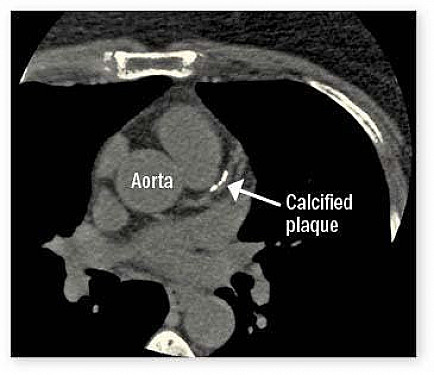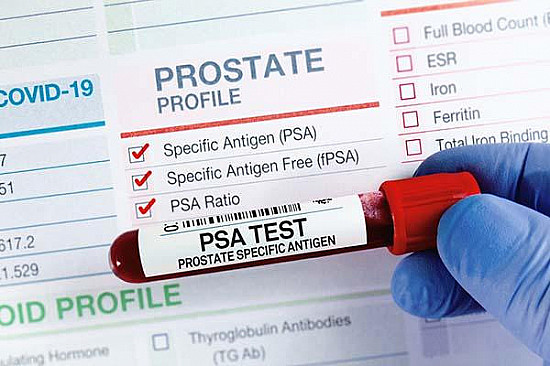Narrowed aortic valve with no symptoms
Ask the doctor
Often, the first symptom of aortic stenosis is a little shortness of breath during activity. For example, you might notice that it's a little harder to walk up a flight of stairs or carry groceries, especially if you don't exercise regularly. However, the symptoms tend to come on gradually, so people don't always recognize them. Also, some people unconsciously adapt their behavior to avoid exertion. So to be on the safe side, I recommend getting an exercise stress test with an echocardiogram (heart ultrasound) to make sure you're not experiencing early symptoms of aortic stenosis. During these tests, you're closely monitored while walking on a treadmill to see whether symptoms or signs of trouble occur during moderate exercise.
To continue reading this article, you must log in.
Subscribe to Harvard Health Online Plus (HHO+) to unlock expert-backed health insights, personalized tools, and exclusive resources to feel your best every day.
Here’s what you get with your HHO+ membership:
- Unlimited access to all Harvard Health Online content
- 4 expertly curated newsletters delivered monthly
- Customized website experience aligned to your health goals
- In-depth health guides on topics like sleep, exercise, and more
- Interactive features like videos and quizzes
- Members-only access to exclusive articles and resources
I’d like to subscribe to HHO+ for $4.99/month to access expert-backed content to help make smart, informed decisions about my well-being.
Sign Me UpAlready a member? Login ».
Disclaimer:
As a service to our readers, Harvard Health Publishing provides access to our library of archived content. Please note the date of last review or update on all articles.
No content on this site, regardless of date, should ever be used as a substitute for direct medical advice from your doctor or other qualified clinician.















